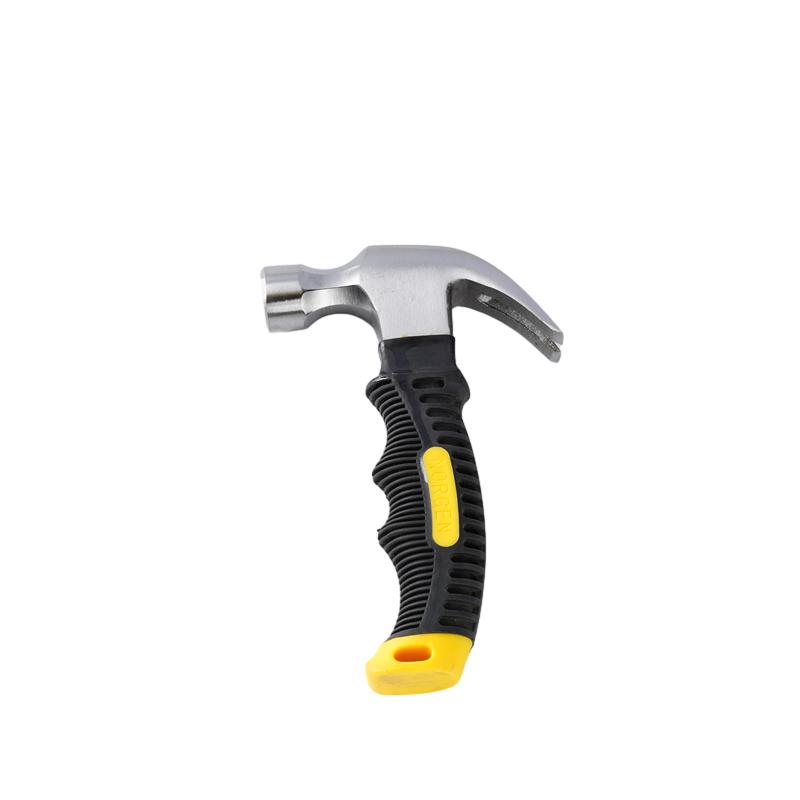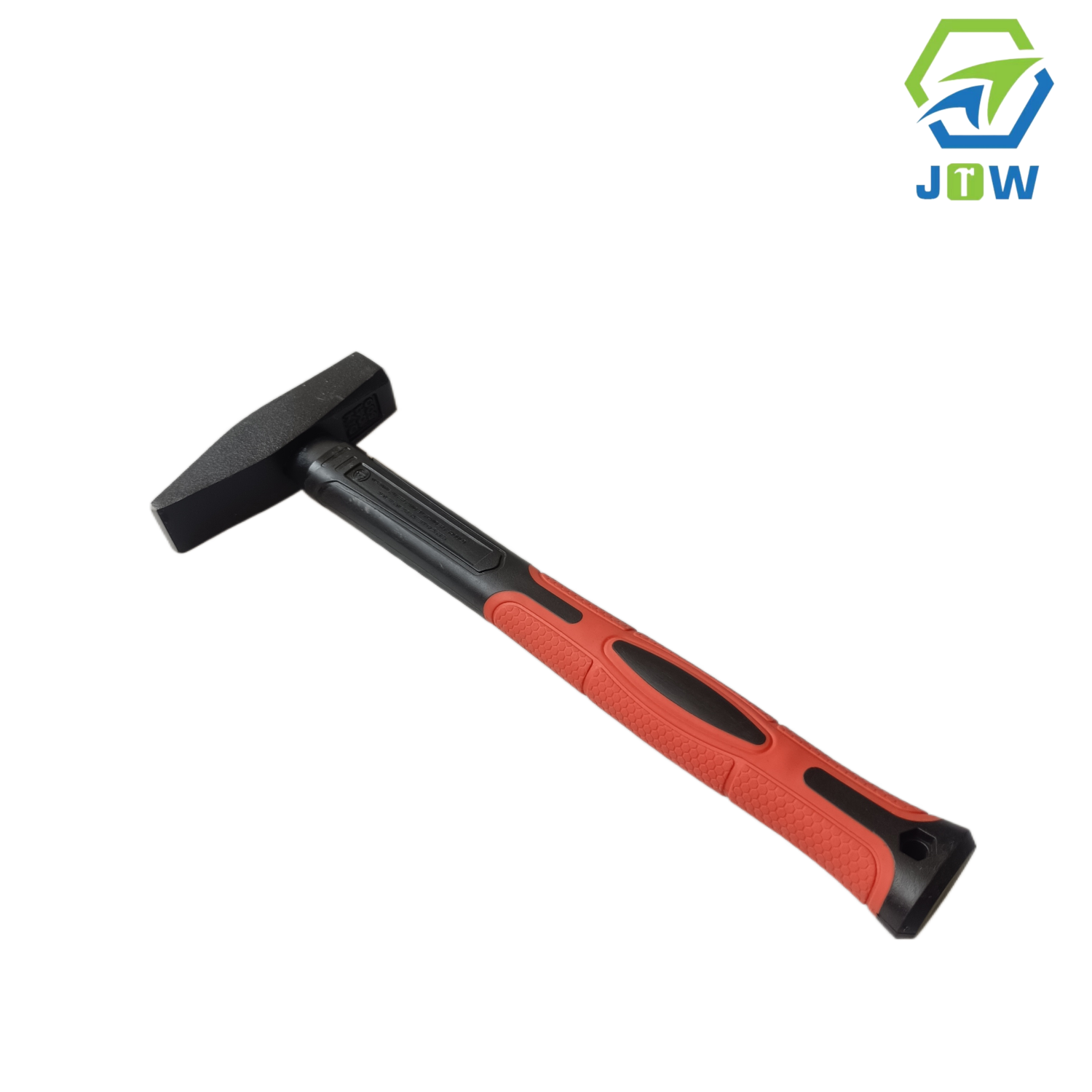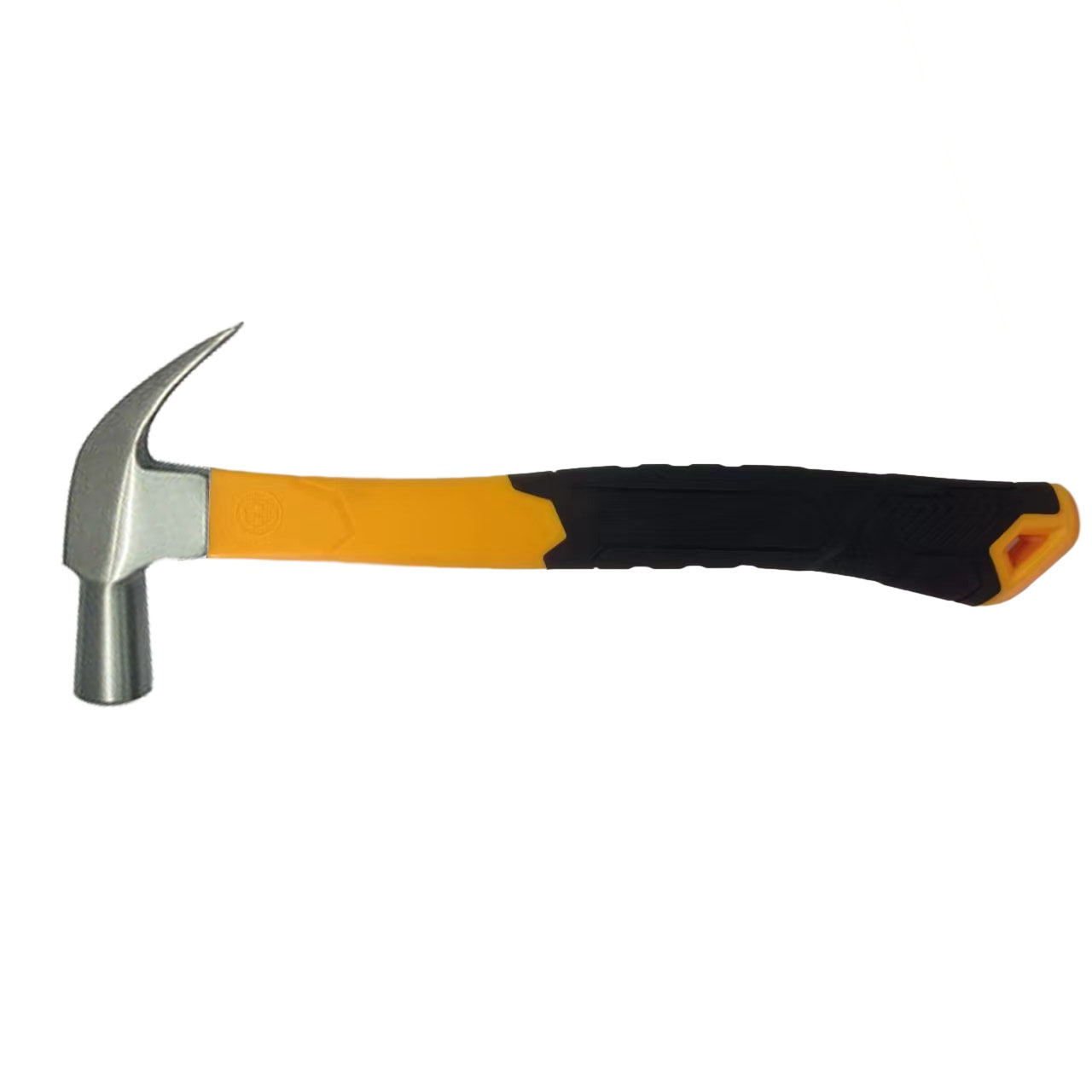When precision and finesse are paramount, the right tool makes all the difference. This is especially true when working with small tacks. A tack hammer, though seemingly simple, is a specialized hammer designed for these delicate jobs. This article will delve into the nuances of using a tack hammer effectively, covering everything from its design and purpose to practical tips and techniques. Whether you're involved in home improvement, professional upholstery, or any project requiring the careful placement of small nails, understanding the use of a tack hammer is essential.
Delving into the Details: The Art of Using a Tack Hammer
1. What is a Tack Hammer and What Makes it Unique?
A tack hammer is a specialized hammer, distinct from the standard claw hammer you might find in most home toolkits. Its primary purpose is to drive small nails, specifically tacks, with precision. These tacks are often used in upholstery, framing pictures, and other delicate jobs where a larger hammer would be cumbersome and likely to damage the surrounding material. The key difference lies in the hammer's head, which is typically small and lightweight, allowing for greater control. Unlike heavier hammers, a tack hammer is designed for gentle, accurate taps rather than forceful drives.
2. Decoding the Design: Understanding the Hammer's Head
The hammer's head is the defining feature of a tack hammer. Typically, it features two distinct faces. One side is a small, flat face, ideal for driving tacks flush against the surface. The other side often has a narrow, sometimes slightly curved or chisel-like shape. This side is particularly useful for starting tacks in awkward places or for gently nudging them into position. Some high-quality tack hammers even feature an interchangeable head, offering versatility for different tasks. The weight of the head is also a crucial consideration; it's generally lightweight to allow for maximum control and prevent bending the small nails.
3. How to Properly Hold the Tack and Tack Hammer for Precise Placement?
Achieving accuracy when you use a tack hammer starts with the grip. Since tacks are so small, it can be tricky to hold them in place while trying to start them with a hammer. Often, you'll use your non-dominant hand to hold the tack in the desired place. Position your fingers carefully to avoid hitting them with the hammer. As for the tack hammer itself, grip the handle closer to the head for maximum control during the initial taps. Once the tack is set, you can move your grip further down the handle for more drive, if needed. Some experienced users can even use specialized techniques to hold the tack and swing the hammer with one hand, but this requires practice.
| Hand | Action |
|---|---|
| Non-dominant | Carefully hold the tack in the desired place on the surface. Keep fingers clear. |
| Dominant | Grip the tack hammer closer to the head for initial precise taps. Move grip down the handle for more force if needed. |
4. Step-by-Step: How to Effectively Use a Tack Hammer?
The use of a tack hammer involves a series of deliberate steps:
- Place the Tack: Position the tack precisely where you intend it to go.
- Start the Tack: Using the flat face of the hammer's head, gently tap the head of the tack. The goal here is to set the point of the tack securely into the wood or other material.
- Drive the Tack: Once the tack is standing on its own, you can apply slightly more force to drive it in further. Maintain a straight downward motion to avoid bending the tack.
- Finish the Job: Drive the tack until it is flush with the surface. Avoid over-driving, which can damage the surrounding material.
Remember to start with soft taps. It's easier to add force than to correct a tack that's been bent over from the start.
5. Why is a Magnetic Tip So Useful When You Use a Tack Hammer?
Many modern tack hammers come equipped with a magnetic tip on one side of the split in the hammer's head. This seemingly small feature offers a significant advantage. The magnet securely holds the tack, allowing you to position it accurately without fumbling with your fingers. This is especially helpful when working in tight places or when you need to start a tack overhead. The magnetic tip makes the job much easier and reduces the chance of accidentally hitting your fingers – a common experience, especially for beginners. While older tack hammers might lack this feature, it's a highly desirable addition that improves efficiency and safety.

6. Avoiding Common Pitfalls: How to Use a Tack Hammer Like a Pro?
Even though the use of a tack hammer seems simple, there are common mistakes to avoid. One frequent error is using too much force initially, causing the tack to bend or the hammer's head to slip. Remember to start with gentle taps. Another mistake is not holding the tack securely, leading to misaligned nails. If your tack hammer doesn't have a magnetic tip, consider using pliers to hold the small nails for the initial taps. Also, ensure you're hitting the head of the tack squarely with the flat face of the hammer. Hitting it at an angle can bend the tack. With experience, you'll develop a feel for the right amount of force and the best techniques for different situations.
7. Beyond the Basics: What Else Can You Accomplish with a Tack Hammer?
While primarily designed for tacks, a tack hammer can be surprisingly versatile. Its small head makes it useful for delicate work where a larger hammer would be too cumbersome. For instance, you can use it for setting small nails in crafting projects, repairing intricate wooden items, or even tapping small brads in model making. The precision offered by a tack hammer makes it a valuable tool in any workshop where fine detail is important. Think of it as a specialized instrument for precise applications, going beyond just upholstery.
8. Exploring the Variety: What Types of Tack Hammers Are Available?
While the fundamental design remains consistent, there are variations in tack hammers to suit different needs and preferences. You'll find models with wooden handles, offering a traditional feel, and others with fiberglass or steel handles, which can be more durable. Some tack hammers feature interchangeable heads, allowing you to switch between different face shapes and sizes. As mentioned before, the presence or absence of a magnetic tip is a significant differentiating factor. Consider the type of work you'll be doing most often when choosing a tack hammer. For general home use, a simple tack hammer with a magnetic tip is probably sufficient. For more specialized jobs, you might need a model with specific features.

9. Quality from Our Factory: Why Choose Our Tack Hammers for Your Business?
As a leading factory with 3 production lines, we at JTW Tools understand the importance of quality and reliability in hand tools. Our tack hammers are crafted using high-quality steel for the head and durable materials for the handle, ensuring they can withstand the rigors of daily use. We offer various types and sizes to meet the diverse needs of your customers. Our commitment to ergonomic design ensures that our tack hammers are comfortable to hold and use, reducing fatigue during extended work. We prioritize quality inspection throughout our production process, so you can buy with confidence, knowing you're getting a product that meets international safety standards. We regularly participate in exhibitions, showcasing our range of hammers, including our dependable tack hammers.
10. Equipping Professionals in Your Country: The Product Advantage of Our Tack Hammers.
For business owners like Mark Thompson in the USA, our tack hammers offer a compelling advantage. You pick suppliers who provide quality at a competitive price, and that's exactly what we deliver. Our tack hammers are designed for precision and durability, addressing the needs of construction companies and carpentry workshops alike. The magnetic tip feature is a practical benefit that your customers will appreciate, making their jobs easier and more efficient. While Mark might not have deep technical knowledge, he understands the value of a reliable tool. Our certifications and rigorous quality control address his key concerns. We are experienced in handling logistics and offer flexible payment methods, mitigating common pain points associated with sourcing from overseas. Our efficient communication ensures a smooth purchasing process. Consider our range of hammers, including ball peen hammers and claw hammers, to fulfill all your clients' needs.

In Summary:
- A tack hammer is a specialized tool for driving small nails (tacks) with precision.
- Its small head and often magnetic tip allow for accurate placement.
- Proper technique involves gentle taps to start, followed by firmer drives.
- Avoid common mistakes like using too much force or misaligning the hammer's head.
- Tack hammers are versatile for various delicate jobs.
- Choosing a quality tack hammer from a reliable supplier like JTW Tools ensures durability and performance.
- Our product range caters to diverse needs, from basic home use to professional applications.
- We offer reliable tack hammers for markets across the globe, including your country.
- Consider adding our high-quality tack hammers to your inventory to meet the demands of your customers.
- For larger projects requiring more force, explore our selection of sledge hammers.
By mastering the use of a tack hammer, anyone can achieve professional results in their projects, big or small.
Post time: 12-27-2024





